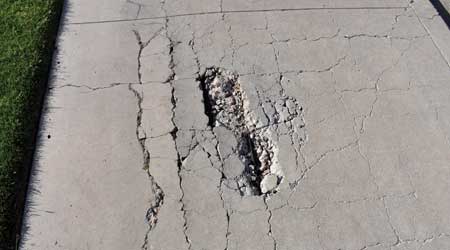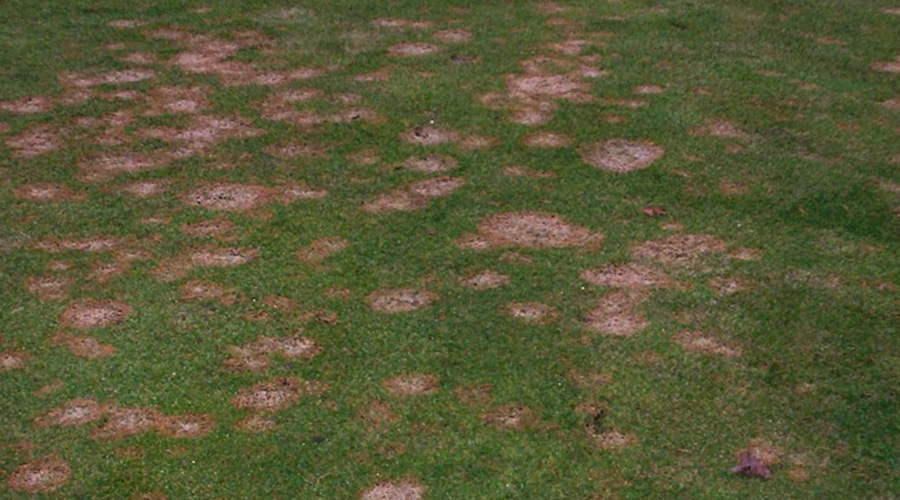Concrete Coating Considerations
Protecting and maintaining sidewalks and parking garages requires a comprehensive, strategic approach
In addition to making repairs to surfaces and components, concrete maintenance also involves the strategic application of coatings as a preventive measure. Winter temperatures in various parts of the nation routinely hover around freezing week after week. Temperatures cycle from below freezing to above freezing every day. The result often is a great deal of damage to concrete surfaces.
Concrete sealers are basically acrylics, epoxies, polyurethanes or silicates.
Acrylics are water- or solvent-based exterior or interior surface films that are relatively easy to apply and low-cost.
Epoxies create a high-build, quick-cure surface film. Two components mixed before application on high-traffic areas or as cement-based overlays combine to provide a durable, long-wearing, abrasion-resistant finish with excellent water-repellant qualities. But they are impermeable and could trap water, so they are recommended for interior use.
Polyurethanes are resist chemicals and abrasions. They provide a high-build surface film for interior or exterior high-traffic areas or exposed aggregate walkways or patios. They should be applied only on dry, water-free surfaces.
Penetrating silicate sealers go deeper to shield against moisture and de-icing chemicals. They are good options for use on exterior concrete where corrosion or freeze-thaw cycles occur.
Thomas A. Westerkamp is a maintenance and engineering management consultant and president of the work management division of Westerkamp Group LLC.
Related Topics:













